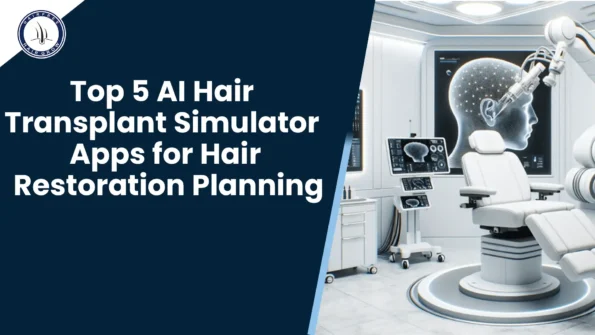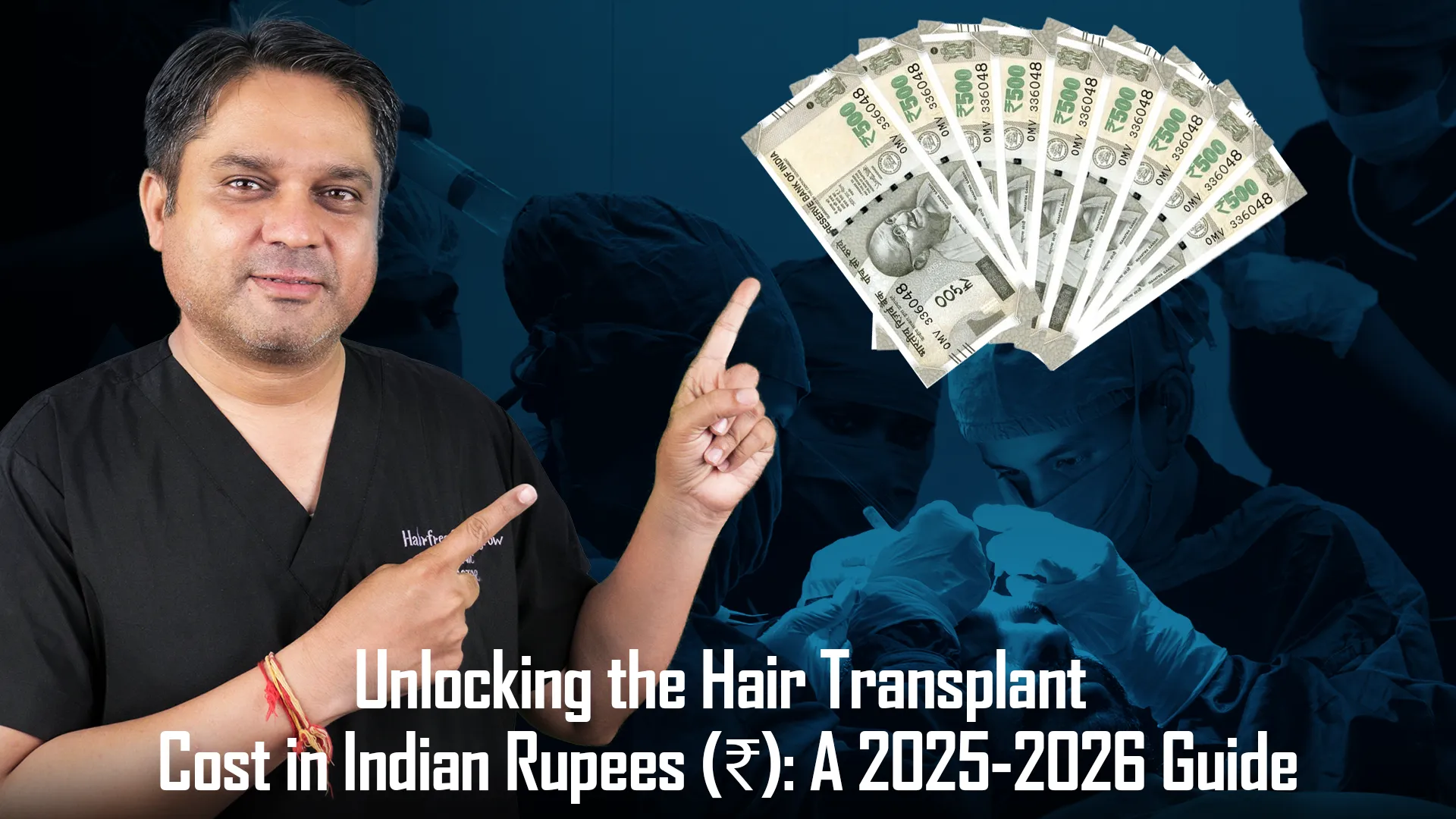Technology has completely changed hair transplantation and restoration and is expected to transform aesthetic medicine in the next few years. Today, patients are offered simulators integrated with artificial intelligence (AI) technologies that provide patients with their future outcomes. These tools allow people to imagine their appearance after treatment and help doctors plan precisely executed procedures. AI Hair Transplant Simulator helps visualize potential results before undergoing the procedure, making it easier to plan your treatment.
AI-powered simulators evaluate a user’s facial features, hair density, and scalp conditions before suggesting a solution. The five best AI simulators for hair transplantation and restoration are presented in this article based on their features and capabilities and why they may be considered game-changers in the industry.
1. Hairgen.ai
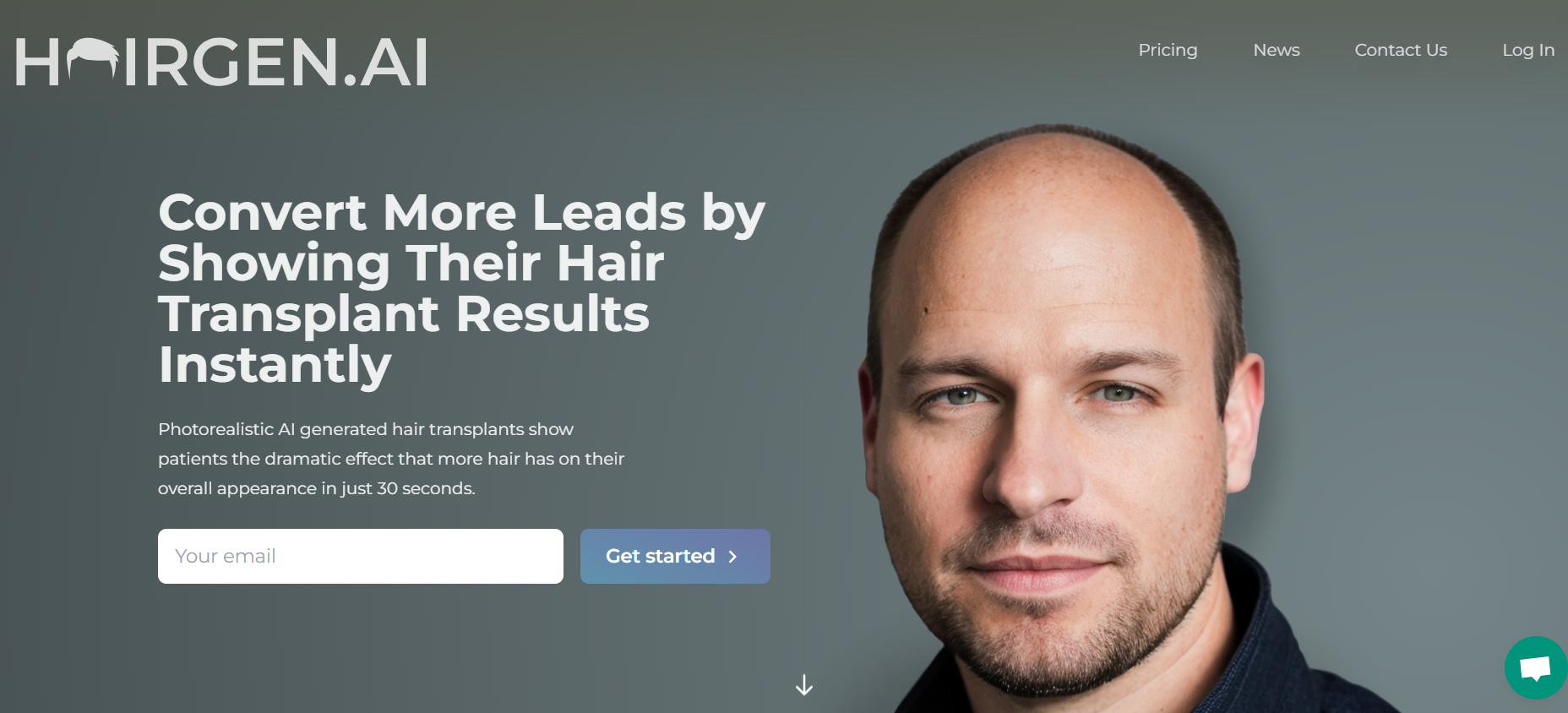
Hairgen.ai is an online tool that uses artificial intelligence to help people see what their hair might look like after a transplant. You can upload 1-5 pictures of your face from the front, and the tool will show you realistic pictures of how your hair could look thicker or with a different hairline, similar to procedures like FUE or FUT.
The AI creates five different versions for each photo in 1-12 hours, allowing men to try various hairline shapes and thicknesses. It’s fast, not expensive, and you can use it all on the internet without having to go to a clinic. Your photos stay private and get deleted once you’re done, so you can check out what a hair transplant might look like without any worries.
2. HairClone AI
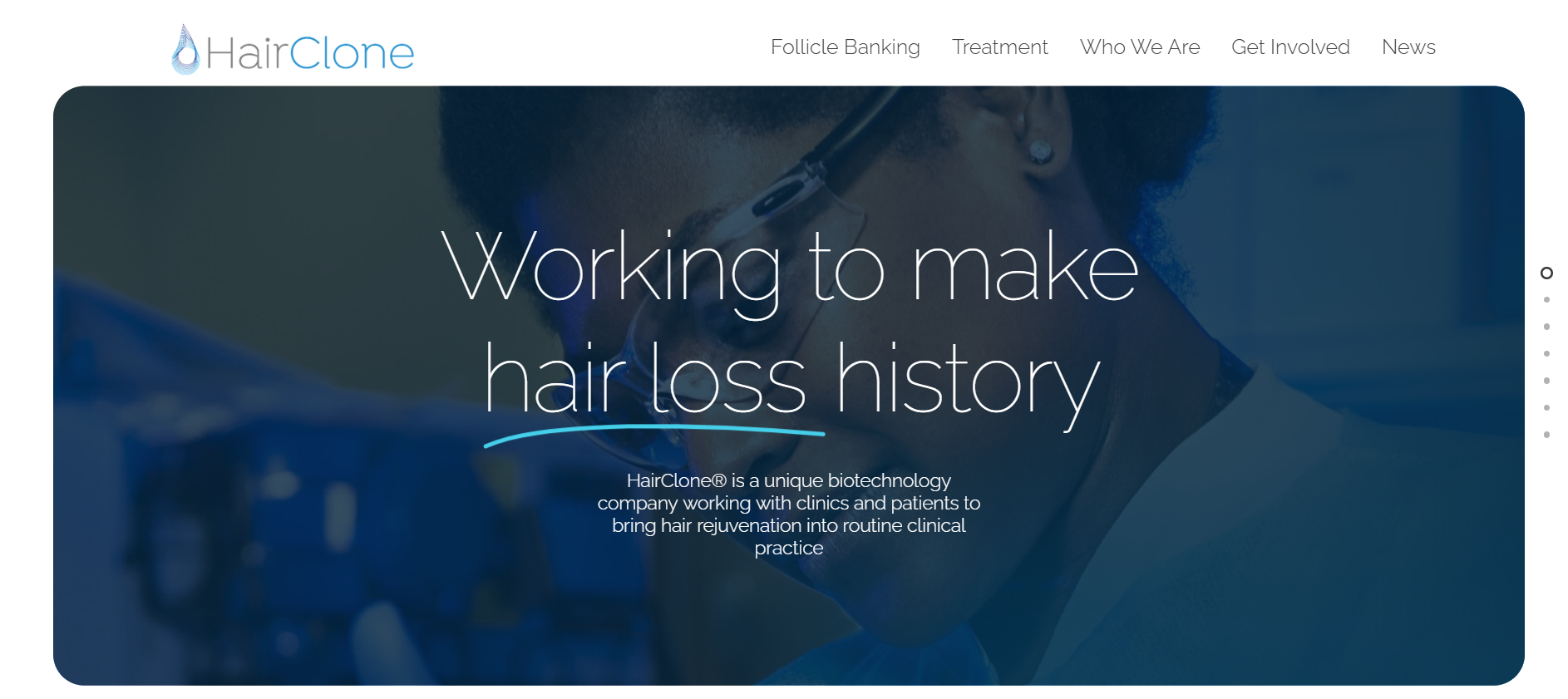
HairClone AI is a cut above the rest in providing a very innovative perspective for hair restoration planning. Unlike the other simulators meant to carry out the simulation, this one focuses on regenerative treatments in prediction models based on follicular cell cloning technology. This simulator employs machine learning for data mining historical data and has generated exceptionally accurate postsurgical predictions for hair growth patterns.
One of the aspects that makes HairClone most fascinating is that it also projects results across several years, making it a very useful resource for patients and doctors for sustainable solutions. It also provides insights into how hair density and texture will evolve, thus guaranteeing realistic expectations. HairClone AI can be used by clinics to improve patient education and confidence as users can see the slow impact of treatments.
3. Hair Back App

Hair Back uses smart technology to show you how your hair could look after a transplant, tracking the progress month by month. With this app, you can see the results, figure out how many hair grafts you might need, and even have online meetings with experts who will give you advice. It gives you personalized plans for taking care of your hair after the transplant, with details for what to do each day to get the best results.
The app also lets you join a friendly group of people going through the same thing, where you can share stories and talk about any worries you have about losing hair. Hair Back App doesn’t stop there; it offers free chats with experts, helpful tips, online talks, and special deals, making the journey to restore your hair full of new ideas, encouragement, and support every step of the way.
4. FollicleView AI

FollicleView AI is a comprehensive simulator designed for precision and accuracy in hair transplantation planning. Its advanced algorithms analyze a user’s scalp condition, hair density, and facial structure to generate customized simulations. One of its unique features is the ability to simulate the impact of different transplant techniques, such as follicular unit extraction (FUE) and follicular unit transplantation (FUT).
This simulator also provides detailed reports that include hair graft requirements, estimated costs, and recovery timelines. FollicleView AI is particularly popular among clinics for its robust data analytics, which helps practitioners optimize their strategies.
5. Elithair App: Your All-in-One Hair Transplant Guide
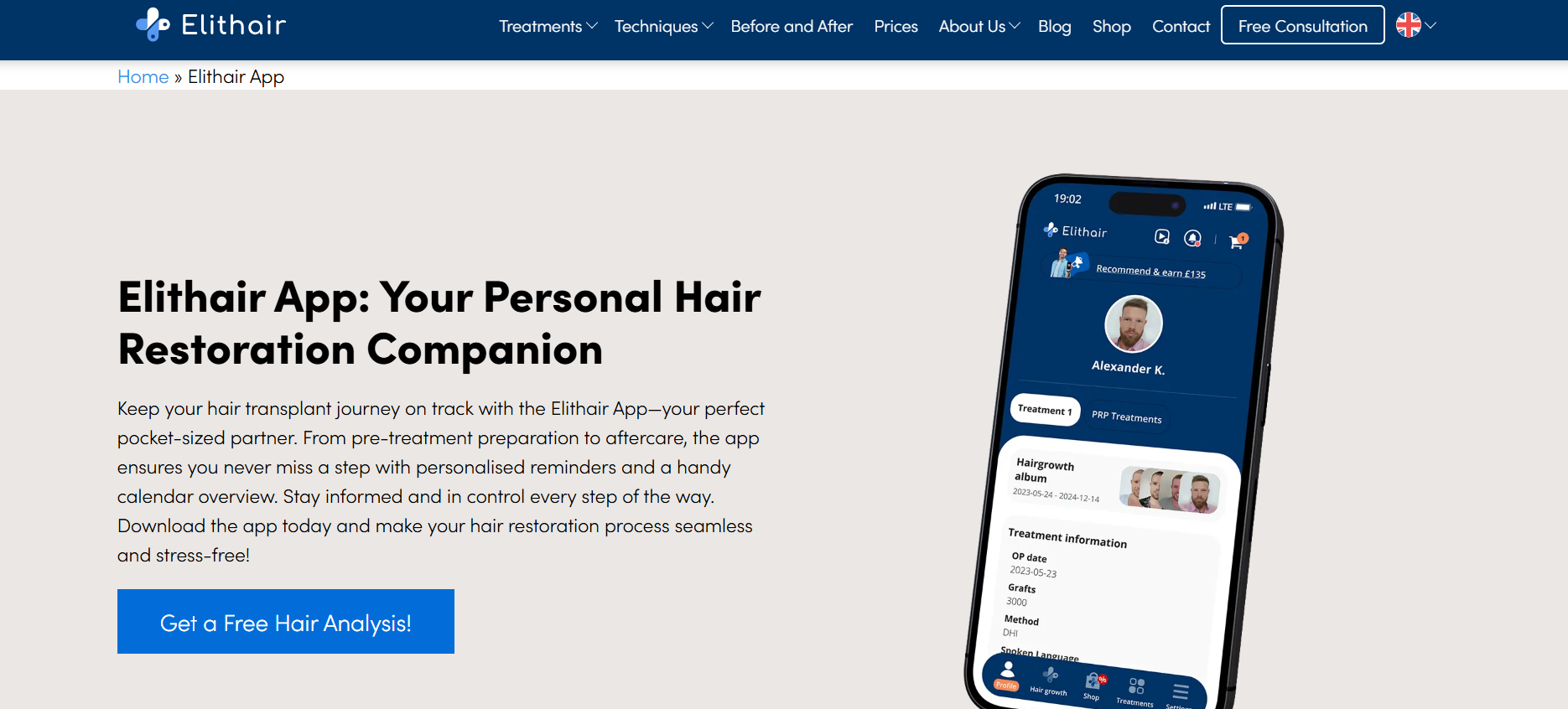
The Elithair App is your perfect companion for a smooth hair transplant journey. From pre-treatment prep to aftercare, it offers personalized reminders, a handy calendar, and push notifications to ensure you never miss a step. Get expert tips, video instructions, and easy photo uploads for progress tracking and follow-ups. The app also provides quick access to FAQs, direct contact with your doctor, and all essential trip details if you’re traveling to Istanbul. With its user-friendly design, Elithair makes your hair restoration process organized, stress-free, and effective—right from your smartphone.
Conclusion
The integration of artificial intelligence has changed how patients and practitioners approach hair transplantations and restorations. Hairgen.ai, HairClone AI, Hair Back App, FollicleView AI, and Elithair App reduced performance in health conditions by enhancing outcomes with precision visualization and facilitating the amassing of advanced technology for better outcomes.
Whether the patient is inquiring about options available or the clinic is trying to keep themselves on advanced tools, these simulators hold the clarity and confidence that empower people to make informed decisions.
Written By
MD (Skin & VD)
Dr. Chintan Bhavsar is a renowned hair restoration expert specializing in advanced AI technologies. With expertise in utilizing AI Hair Transplant Simulators, he helps patients plan their hair restoration journeys, ensuring personalized and effective solutions for optimal results.
Disclaimer
We’ve made all possible efforts to ensure that the information provided here is accurate, up-to-date and complete, however, it should not be treated as a substitute for professional medical advice, diagnosis or treatment. See Detailed Disclaimers Here.

